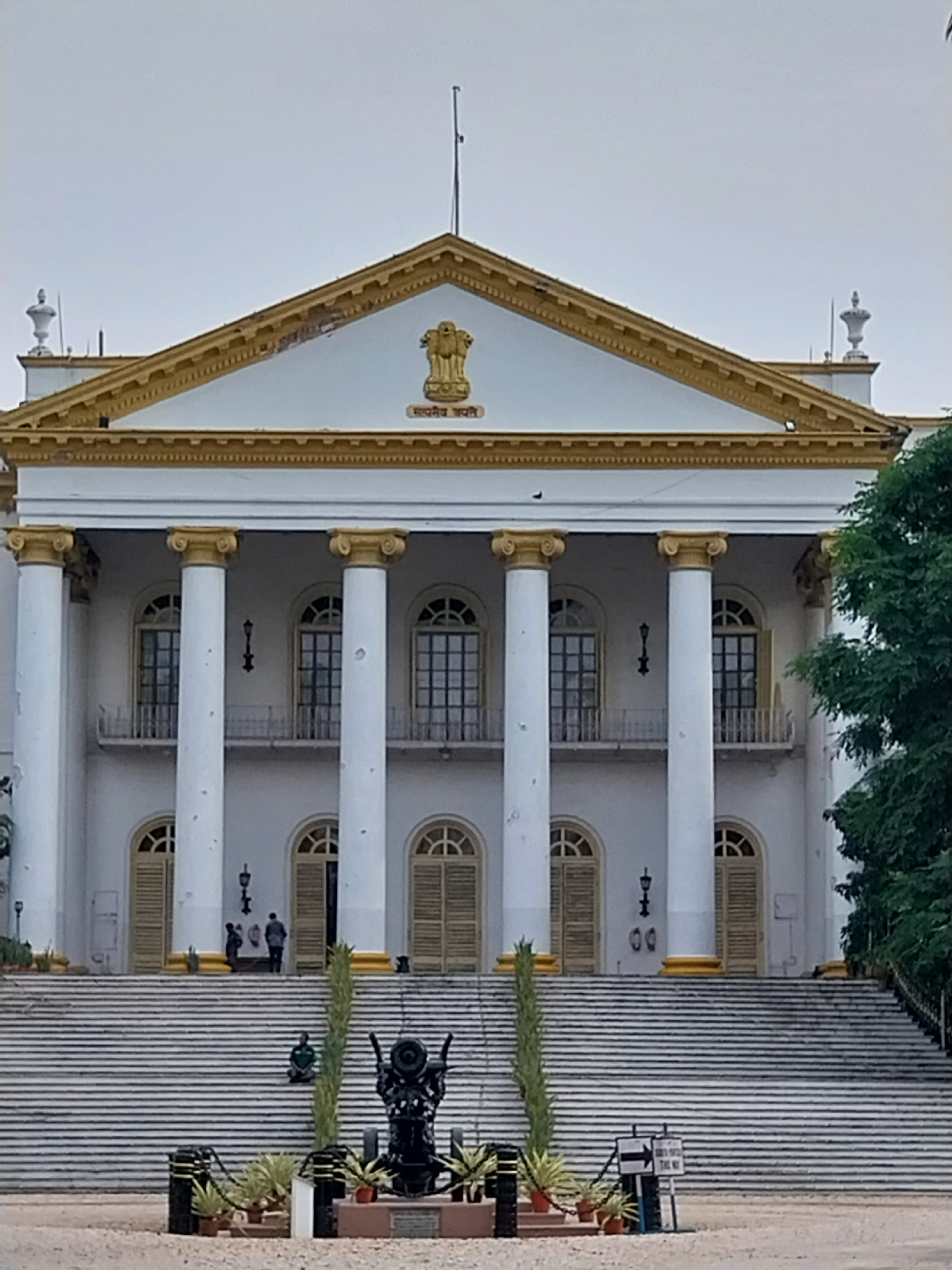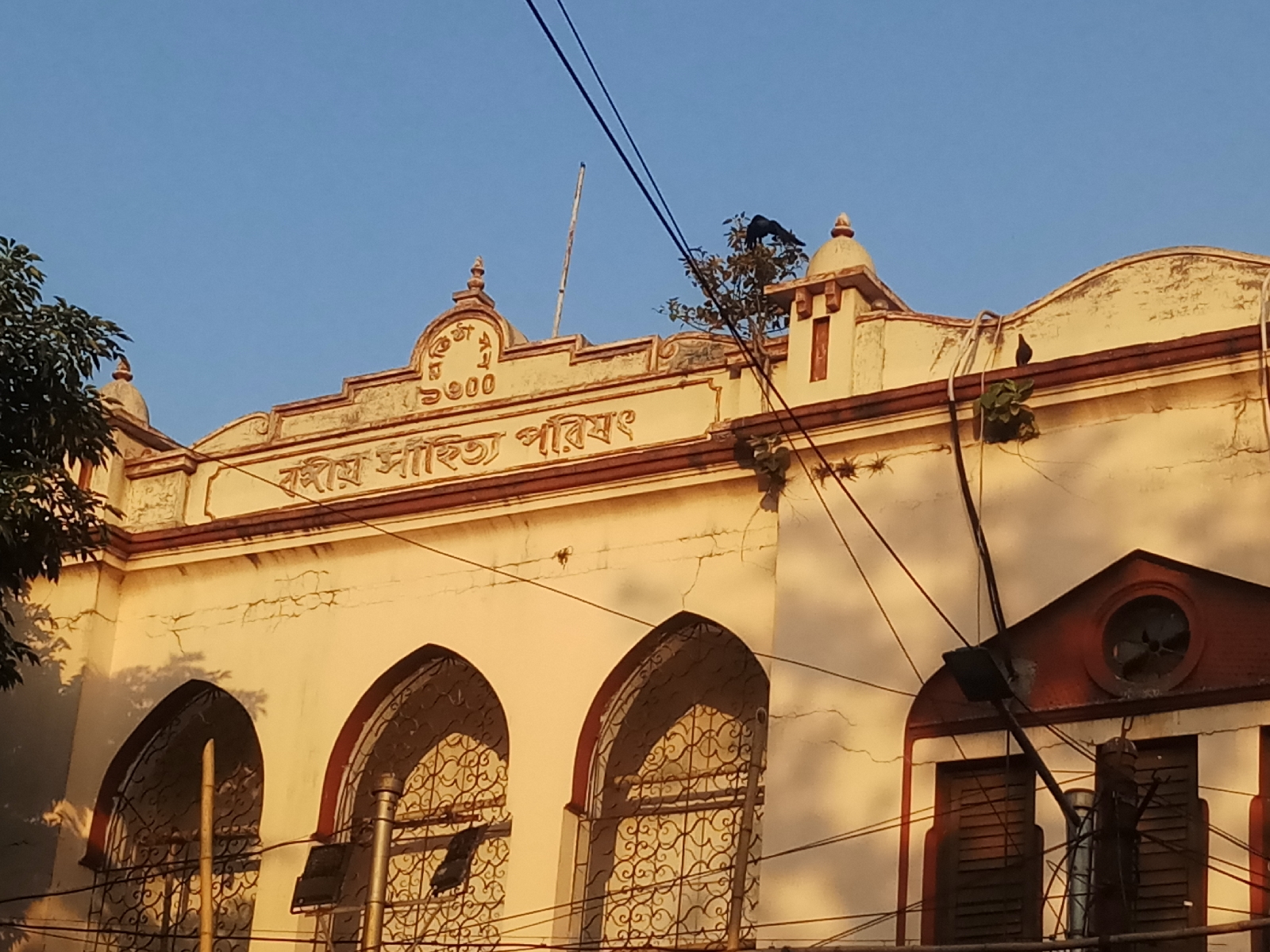Raj Bhavan, Kolkata
- Raj Bhavan is the official residence of the governor of West Bengal.
- This three-storied majestic building comprises of a central area with large halls, curved corridors on all four sides.
- The Government House as it was called at that time was completed on January 18, 1803. Twenty-three Governors-General and, later, Viceroys lived in this house, until the capital shifted to Delhi in 1912. The purpose of construction of this building was to keep 'plebeian' and the 'common man' out of the vicinity of the abode of the Governor General. It was a seat of the power and might of the Monarch and the Throne.
- About the building: Construction work started in 1799 and was completed in 1803. Wellesley started residing in the year 1802. The building has six gates, the north gate for commoners, the south gate for the entry of the Governor and two gates on each of east and west side. It spans an area of 27 acres and the amount spent was 1, 80,000 pounds at that time. The price of the land was 80,000/- INR at that time. The chief architect was Capt. Charles Wyatt and the building resembled Curzon’s ancestral house – the Kelliston House of Durbishire. The architectural style is Edwardian and comprises of a central dome shaped hall. Gas connection was set up in 1873 and electricity in 1880s.
- The grand staircase is accessible only by the Governor or any visiting head of state only on special occasions.
- The staircase leads to the Drawing and Durbar Hall, which currently is inaccessible to commoners. The first floor central area consists of the Throne Room, Yellow Drawing Room, Banquet Hall and the Blue Drawing and Brown Dining Rooms. On the first floor, North East corner is the Council Chamber, where major Government decisions were made during British rule. The second floor has the Governor's apartments and the Ball Room. These areas are also inaccessible to the public.
- In front of the staircase stands a canon mounted on a dragon. The canon was built in 1842 as a Britain’s victory over China in the Opium War during the Governor Generalship of Ellenborough.
- There is a controversy of opinion regarding the statue of the Sphinx standing near the east gate. According to one view it was built along with the construction of the Victoria Memorial while another view is that it was built to commemorate Britain’s victory over Egypt in 1887. As per installation time, the later view seems to be more acceptable. Initially it was built of clay and cement by local artisans and later converted to cement during the times of Curzon.
- The North and Central Marble Hall bears several replicas of sculptures; the original ones are being preserved at the Indian Museum. The earliest replica was built resembling Khajuraho sculpture. One of these sculptures dates back to early Buddhist period when artisans were unable to depict 3D versions and hence the statue shows the namaskar mudra (folded hand posture) toward the side of the body, instead of the hands being positioned in front of the body. The paintings of Dr. Rajendra Prasad (the first president of Independent India) and C. Rajgopalachari (last Governor-General of India, as when India became a republic in 1950 the office was abolished and also the only Indian-born Governor-General) adorn the hall. A palanquin dating back to 1880, a replica of a boat used by the first lady and a rickshaw hand drawn by two persons are also preserved. In 1947 Durga Puja was performed at this very hall.
- The first elevator of Asia installed here is commonly called as the ‘guilded bird cage’ due to its small size (accommodating about 3 people) and golden color. It was built by Otis Company in either 1889 or 1892 and has been renovated only twice since then (1969, 2010).
- Another attraction here is the Phaeton Gharry used by Curzon.
- The rooms are adorned with several photographs of national importance. These are replica photos, the original ones being preserved at the Indian Museum and Indian Archives.
- The library houses a collection of about 10,000 books and most of them are signed by the Governor during whose tenure the books were included among the collectibles. The room is used for Governor’s video conference. A table which was used by Curzon for signing the documents related to partitioning of Bengal was identified and put up in the library by Ex- Governor, Viren J. Shah. The library has a replica of the first Indian Constitution (the original one being written entirely by hand calligraphy) and the book Works of Sir William Jones. The book Ruins of Gold (having the map of undivided India) from the personal collection of Curzon is also preserved.
- The manicured garden is a pleasure to view. Originally gravels were transported from England for the walkway by Wellesley. Initially the garden was devoid of trees for distant visibility of the building. Lady Amherst (known for her fondness of trees and after whom the flowering plant Amherstia nobilis is named) took upon herself the job of beautification of the garden. The drive to beautify the garden was carried on by later by Lady Eden. Two artificial lakes built by Aukland and Lytton were designed to add to the biodiversity of the place. In 1877 an amount of 11,000 Indian Rupees were spent to construct the lake and a bridge.
- A replica of the symbol of British Monarchy, the Royal Court of Arms (with the words God and Myriad engraved on it in Latin) was transported all the way from Glasgow by Curzon and was later brought down at the time of Indian independence. The huge structure weighs 80 tonnes and is built in cast iron. This was later discovered during an excavation during the Governorship of Gopal Krishna Gandhi. Initially it was placed on the landing of the grand staircase and was replaced by the Ashok Stambh.
- Near the South gate is placed a huge Belgian glass mirror and four large marble flower vases.
The grandeur of the building is much lost today owing to lack of frequent renovation. It is hard to avoid the vision of plasters coming off the damp walls and dust accumulating in the library. The initiative to open up portions of this historical building was undertaken by the present Governor of Bengal C. A. Ananda Bose on 14th April 2023. Called as Jan Raj Bhavan, this heritage walk is guided by officials of the Indian Museum. The attempt to preserve the itineraries is indeed commendable. Amidst strict security protocols one experiences a slice of history that covers the transition between the pinnacle of colonial supremacy and post-independence era. An interesting observation is that the tour guides deliberately used the prefix ‘Mr.’ instead of ‘Lord’ before the names of the British Governor Generals. This apparently is a measure to disregard the colonial dominion over the Indian commoners. Such an attempt of decolonization is noteworthy; however, history can never be disregarded. Every corner of the building speaks about the magnanimous attempt made to inculcate a slice of Britain here in Calcutta such that it was fit to live by the rulers most of whom found this native land unfit for civilized habitation.
Reference













Comments
Post a Comment